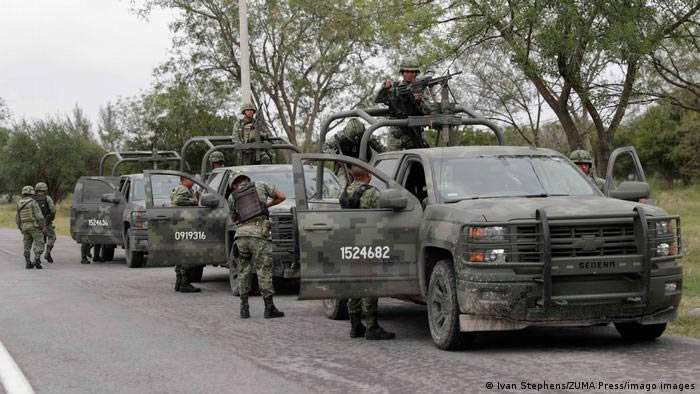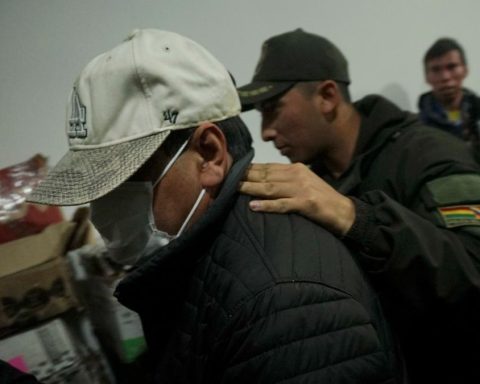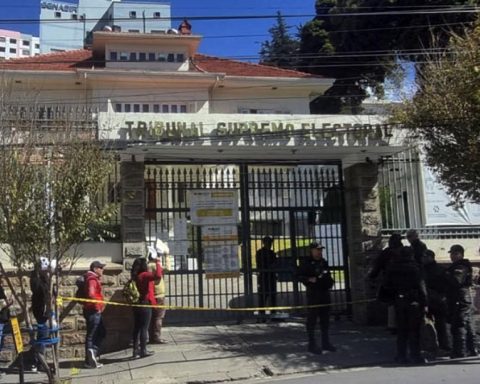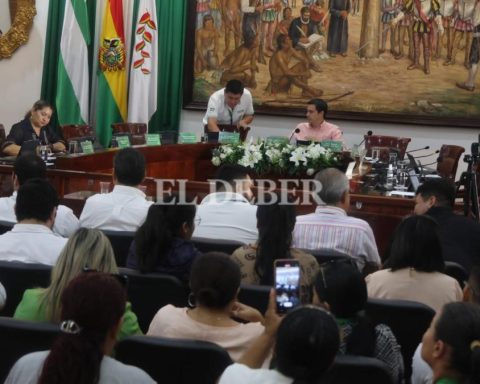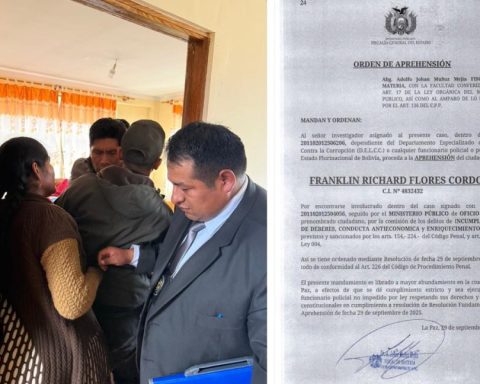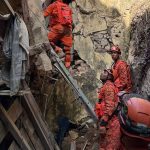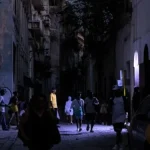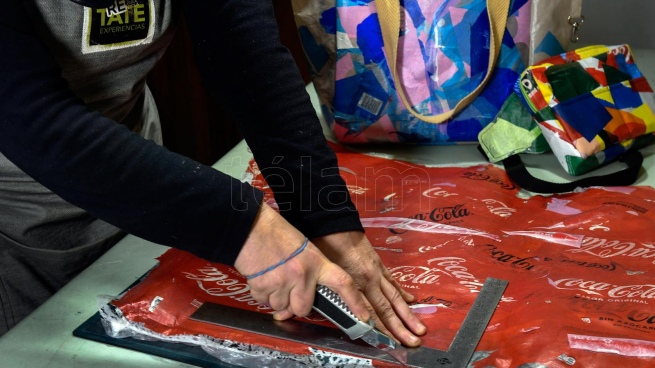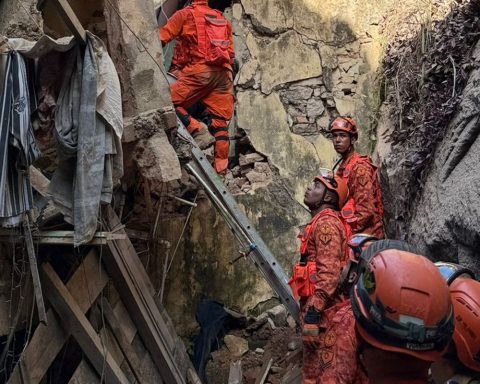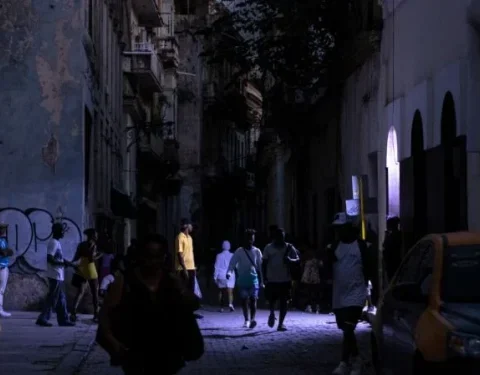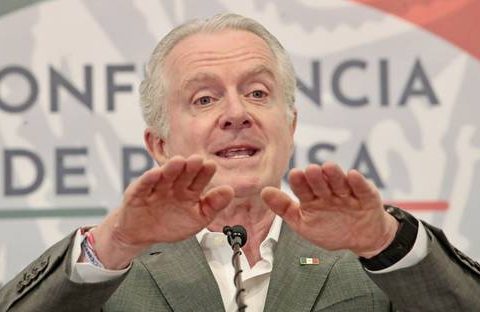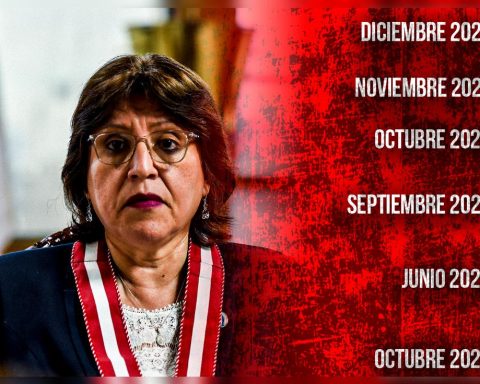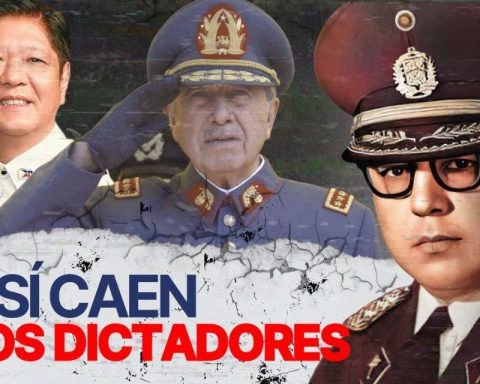August 22, 2022, 10:13 AM
August 22, 2022, 10:13 AM
“It is very worrying that drug trafficking is emboldening both in Mexico and in Ecuador, and in other countries. We must not forget the death of prosecutor Pecci, from Paraguay, and the threats that public actors receive all the time. The economic weight of this industry is so powerful that if we are not able to really change the policies and its effectiveness, we are going to see much more of this,” Javier Sagredo, director of the Cooperation Program between Latin America and the European Union on Drug Policy (COPOLAD), tells DW.
COPOLAD, financed by the European Union, brings to the VIII Latin American Conference on Drugs, -which takes place from August 24 to 26 in Buenos Aires- An analysis of the impact of current drug policies on human rights in the region.
“We are in this because we believe that we can create a change. If we do not achieve it, we are going to have increasingly weaker States. We warned with COVID-19: the health crisis -which is social, economic and political- has left the ground paid for the economies of drug trafficking”, warns Sagredo.
Steady rise in violence
Beyond the recent clashes in Mexico and Ecuador, in general, rising violence is a constant. In Ecuador, according to the local press, in 2021 there were twice as many homicides as the previous year, and the statistics for 2022 do not give rise to optimism.
In Mexico, according to data cited in the report “On the battlefields of Tierra Caliente” thinktank Crisis Group, of the 369.150 homicide victims that have been registered between 2007 and 2021, 52% were not more than 34 years old.
Across the ocean, “after COVID-19, the markets have become vibrant again, there is much more demand for everything,” says Sagredo. According to the European Monitoring Center for Drugs and Drug Addiction (EMCDDA), official partner of COPOLAD in this, its third phase (2021-2025), in the last year 3.5 million adults used cocaine.
Wastewater in 32 of 58 European cities analyzed revealed an increase in trace amounts of cocaine. On the other hand, cocaine seizures recorded an all-time high: 213 tons in 2020 (50 tons in 2010). Shared responsibility is often talked about. However, Sagredo rejects that concept: “No. Irresponsibility is shared; we know that the interception of the drugs or the imprisonment of the heads have not worked”, he comments.
Avoiding flows “is impossible”
“We must have tools against the brutal economic power that drug trafficking has,” he stresses, envisioning the transformation of public apparatus to form networks of economic interception. Also changes in criminal investigation strategies to bring those who launder money to justice.
“Until now, the only thing that has been tried is to prevent flows, but that is an impossible task, like putting fences on the sea,” he stresses.
At COPOLAD, which collaborates with 17 Latin American countries, there is also talk of working to change the narrative. “When the label of ‘narco’ is applied to someone, he is necessarily one of the bad guys, even if he is one of the lowest links. But when that same thing is transformed into money in banks, in financial institutions and in large business offices, everything is fine. We continue to have money laundering holes in Europe, in the Caribbean, in Latin America. And nobody says anything. But we are concerned about ‘narco’ violence, which is nothing more than the result of the buoyant situation of that industry”, criticizes Sagredo.
Military response to drug trafficking?
How does COPOLAD evaluate the military response that has been given to the recent crisis? “It’s pouring gasoline on the fire. With the military presencemany people in the lower echelons are going to be affected by very harsh criminal frameworks, ”replies the specialist.
“The response to militarization is one of shock, to give the population the feeling that the governments are doing something against the violence of the ‘narcos’. But this is linked to many other forms of violence, to citizen insecurity, to impunity.. It is like wanting to operate on a patient in the emergency room with a stick and a rusty knife”, concludes Sagredo.
